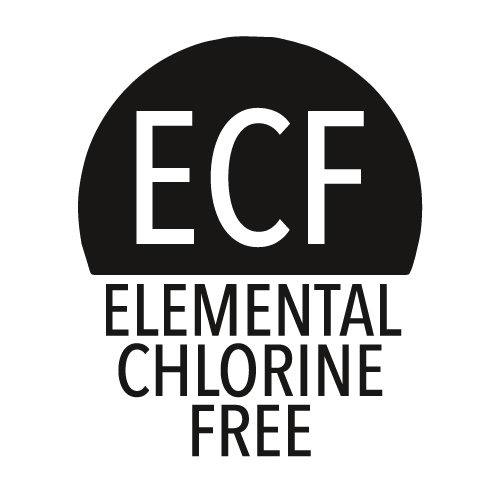CERTIFICATIONS
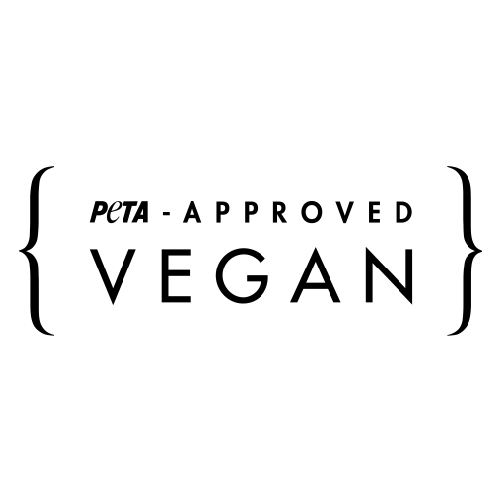
Peta Approved Vegan
Peta approved vegan is an international label for animal welfare. It is managed by PETA (People for the Ethical Treatment of Animals), a non-profit organization that fights for animal welfare. The label is found on clothing, shoes and accessories. It guarantees that the products have not been tested on animals.
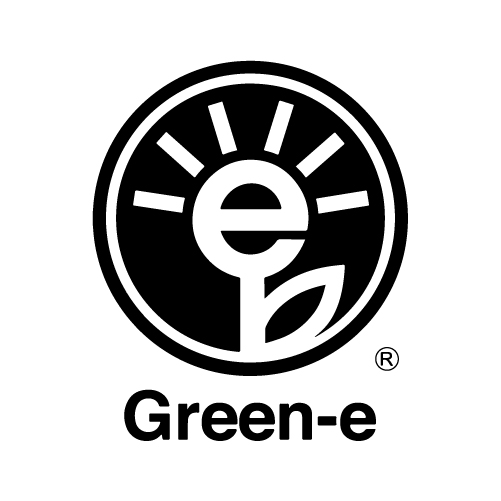
Green-e

Apple Skin
VEGATEX AppleSkin utilizes apple pomace, an industrial waste, so it does not require more resources such as land, water, or fossil fuels to produce new raw materials. It is 100% vegan, certified as 66% bio-based by USDA, and does not emit harmful chemicals, making it safe for all living thing.
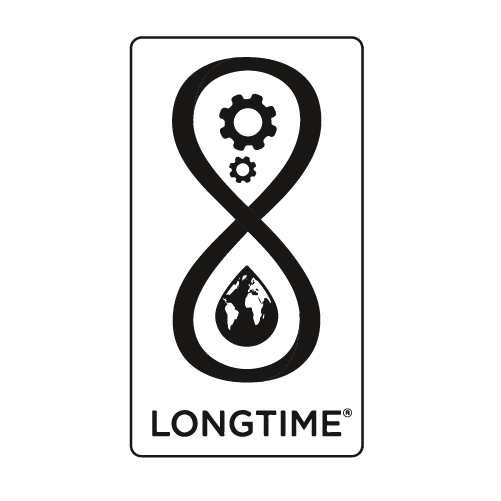
Long Life
LONGTIME® is the European label for products designed to last. This innovative methodology offers a unique assessment of product durability and the means for all manufacturers to improve or enhance their design practices. Ultimately, LONGTIME® is a confidence-building tool for consumers who want to buy better.
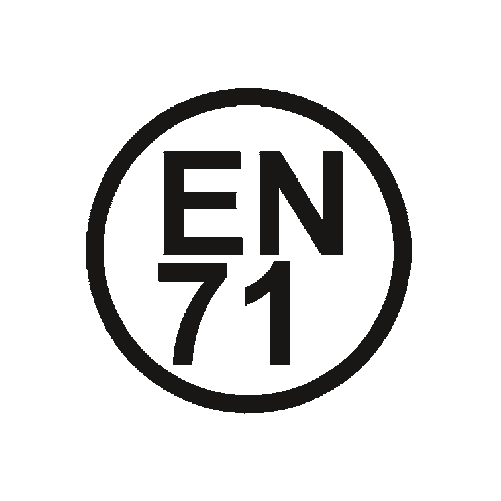
EN71
The NF EN 71-3 standard specifies the requirements for the migration of chemical substances into toys.
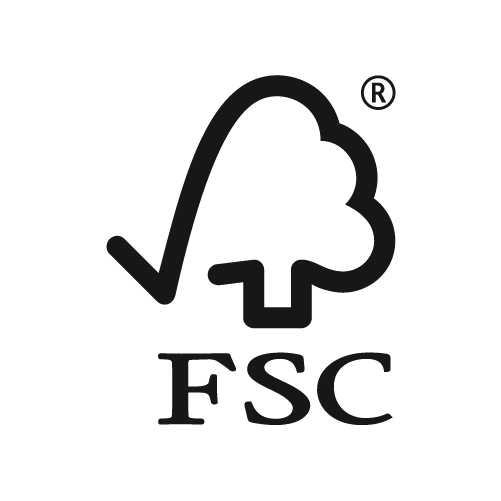
FSC
FSC Recycled labeled products are made from 100% recycled wood or fibers. This label is used mainly for paper products.
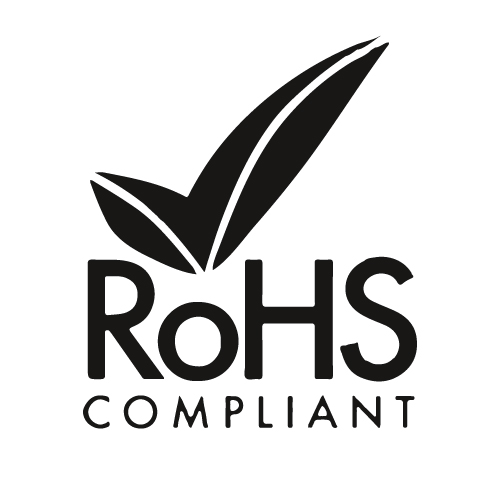
Restriction of Hazardous Substances
RoHS stands for Restriction of Hazardous Substances. RoHS, also known as Directive 2002/95/EC, originated in the European Union and restricts the use of specific hazardous materials found in electrical and electronic products (known as EEE).
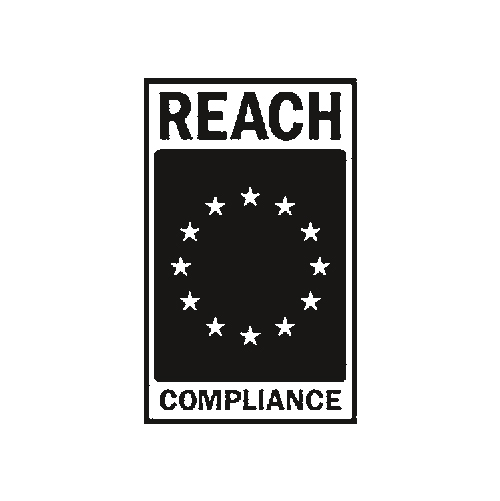
Registration, Evaluation, Authorisation and Restriction of Chemicals
It entered into force on 1 June 2007. REACH Certificate of Compliance is a document certifying that a product is compliant with the EU REACH regulation (EC) No 1907/2006. It can be a testing report or statement issued by a third-party testing organization. It could also be a self-declaration.
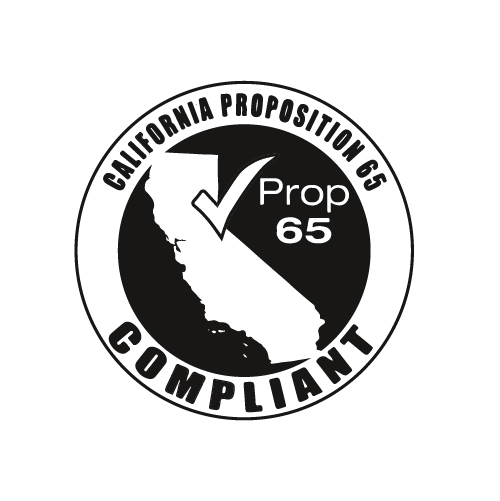
Proposition 65
Proposition 65, officially known as the Safe Drinking Water and Toxic Enforcement Act of 1986, was enacted as a ballot initiative in November 1986. The proposition protects the state’s drinking water sources from being contaminated with chemicals known to cause cancer, birth defects or other reproductive harm, and requires businesses to inform Californians about exposures to such chemicals. Proposition 65 requires the state to maintain and update a list of chemicals known to the state to cause cancer or reproductive toxicity.
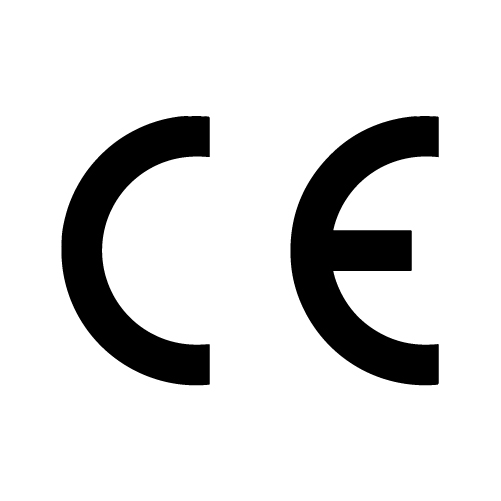
European product safety standards
EN71 is a set of European Product Safety standards that applies to all toys sold in the European Union. EN 71, which is also a part of the CE directive, has been put in place to ensure that all toys sold in the EU meet certain minimum safety standards on the following factors: Mechanical. Noise.
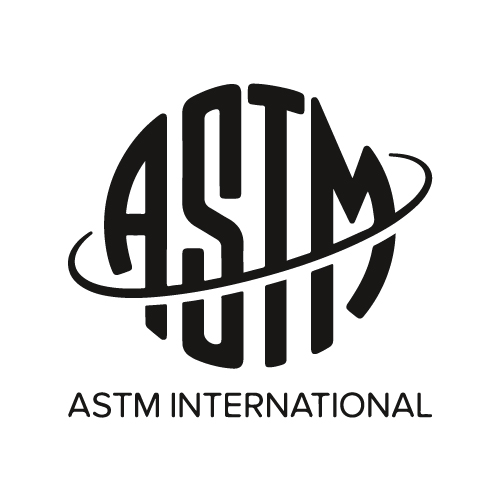
American society for testing and materials
Is one of the largest voluntary standards development organizations in the world. ASTM standards make products and services safer, better and more cost-effective.
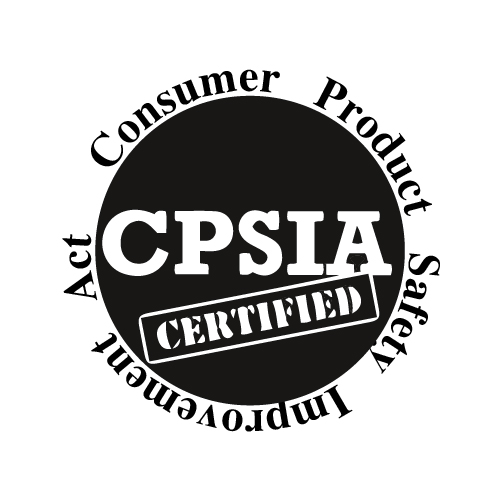
US Consumer Product Safety Improvement Act (CPSIA)
This landmark consumer product safety law amended CPSA in 2008 and provided CPSC with significant new regulatory and enforcement tools as part of amending and enhancing several CPSC statutes, including the Consumer Product Safety Act. The CPSIA included provisions addressing, among other things, lead, phthalates, toy safety, durable infant or toddler products, third-party testing and certification, tracking labels, imports, ATVs, civil and criminal penalties and SaferProducts.gov, a publically-searchable database of reports of harm. The CPSIA also repealed a challenging agency funding limitation and increased the number of authorized CPSC commissioners from three to five. The CPSIA defines the term “children’s product” and generally requires that children’s products: 1. Comply with all applicable children’s product safety rules; 2. Be tested for compliance by a CPSC-accepted accredited laboratory, unless subject to an exception; 3. Have a written Children’s Product Certificate that provides evidence of the product’s compliance; and 4. Have permanent tracking information affixed to the product and its packaging where practicable. The CPSIA also requires domestic manufacturers or importers of non-children’s products to issue a General Certificate of Conformity (GCC). These GCC’s apply to products subject to a consumer product safety rule or any similar CPSC rule, ban, standard or regulation enforced by the Commission.
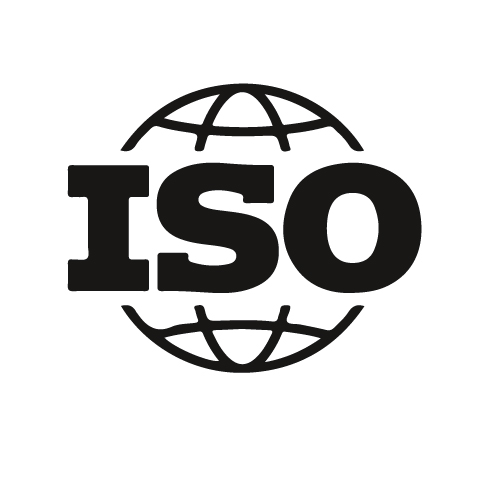
ISO 8124-3:2010
Specifies maximum acceptable levels and methods of sampling and extraction prior to analysis for the migration of the elements antimony, arsenic, barium, cadmium, chromium, lead, mercury and selenium from toy materials and from parts of toys. Maximum acceptable levels are specified for the migration of the elements listed above from the following toy materials: coatings of paints, varnishes, lacquers, printing inks, polymers and similar coatings; polymeric and similar materials, including laminates, whether textile-reinforced or not, but excluding other textiles and non-woven textiles; paper and paperboard, up to a maximum mass per unit area of 400 g/m2; natural, artificial or synthetic textiles; glass/ceramic/metallic materials, excepting lead solder when used for electrical connections; other materials, whether mass-coloured or not (e.g. wood, fibreboard, hardboard, bone and leather); materials intended to leave a trace (e.g. the graphite materials in pencils and liquid ink in pens); pliable modelling materials, including modelling clays and gels; paints to be used as such in the toy, including finger paints, varnishes, lacquers, glazing powders and similar materials in solid or liquid form.
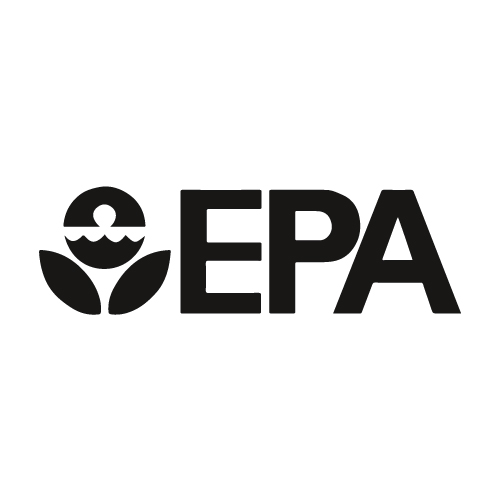
EPA
It is an agency of the United States federal government whose mission is to protect human and environmental health. Headquartered in Washington, D.C., the EPA is responsible for creating standards and laws promoting the health of individuals and the environment. The mission of EPA is to protect human health and the environment. FSC.
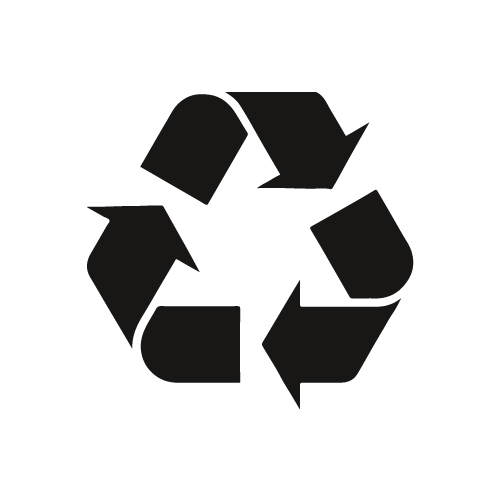
Recyclable
Recyclable materials or products can be used again after they have been treated using a special industrial process.
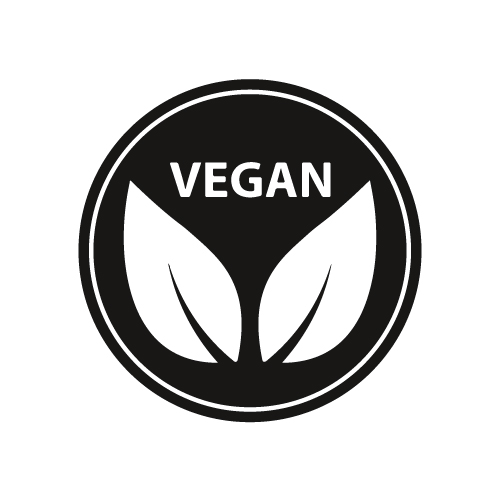
Vegan
Veganism is a way of living which seeks to exclude, as far as is possible and practicable, all forms of exploitation of, and cruelty to, animals for food, clothing or any other purpose. It guarantees the consumer the absence of animai deriving ingredients in every kind of product.
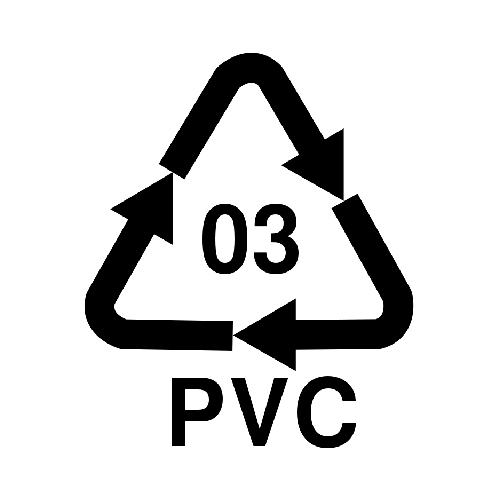
PVC
PVC is single most environmentally damaging type of plastic. Thanks to everyday consumers demanding change, it’s finally becoming less common. Polyvinyl chloride (PVC) plastic—commonly known as vinyl—has become one of the most widely-used types of plastics. It’s used in packaging, home furnishings, children’s toys, automobile parts, building materials, hospital supplies, and hundreds of other products. PVC may be versatile and relatively inexpensive, but the price we pay for a low-cost piece of PVC pipe or soft vinyl toy is far steeper than it may seem.In fact, this commonplace plastic is one of the most toxic substances saturating our planet and its inhabitants. PVC contaminates humans and the environment throughout its lifecycle: during its production, use, and disposal. Few consumers realize thatPVC is the single most environmentally damaging of all plastics. Since safer alternatives are available for virtually all uses of PVC, it is possible to protect human health and the environment by replacing and eventually phasing out this poison plastic.
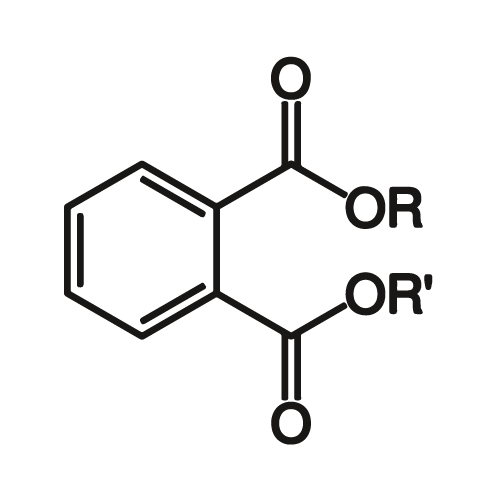
Phthalates are Esters of Phthalic Acid
Phthalates are a family of chemicals that are used as plasticizers, substances added to PVC plastics to make them more flexible and durable. As such, they’re used in a wide variety of plastic substances, from inflatable toys to medical devices. Non-phthalates are essentially plasticizers that are free of phthalates. A few examples of non-phthalates include DOTP (diethylehexyl terephthalate, aka DEHT), Hexamoll DINCH (diisononyl cyclohexane dicarboxylate), as well as bio-based plasticizers, such as a line of soy-based plasticizers. While low exposures to phthalates are harmless, there has been recent research suggesting the potentially negative impacts a high exposure of phthalates can have on our health. As such, many consumers are switching non-phthalate plasticize.
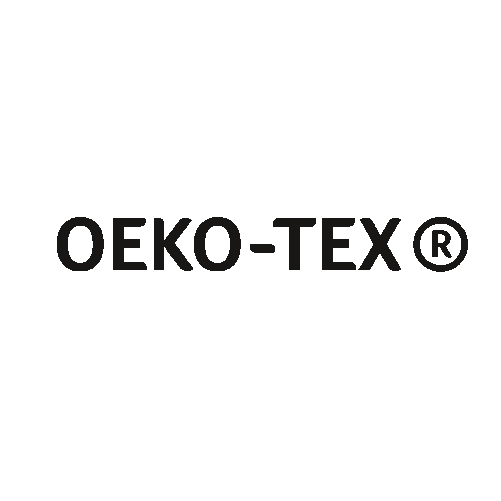
Oeko-Tex®
Oeko-Tex® is a worldwide association of independent institutes for product safety and sustainable production in the textile industry. The criteria are often more strict than judicial standards, and change consecutively according to new results within medical science. Everything is tested.
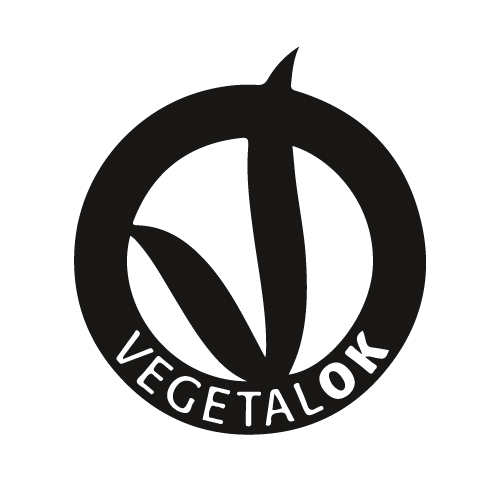
Animal Free Pu Materials
VEGANOK is the world’s most widespread ethical standard with over 1000 certified companies, services and thousands of products both in ltaly and abroad. lt guarantees the consumer the absence of animal deriving ingredients in every kind of product. Whoever purchases a VEGANOK product is guaranteed the use of a procedure implemented in compliance with the European standard UNIENISO 140 21.
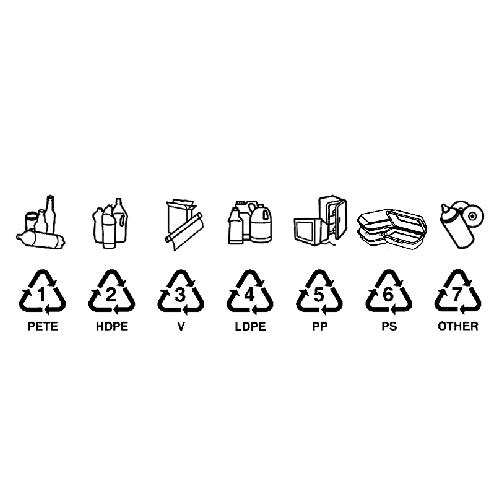
Pu Materials with Recycled Raw Materials
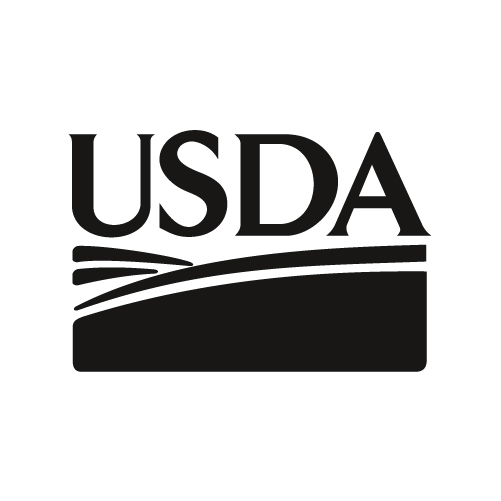
USDA
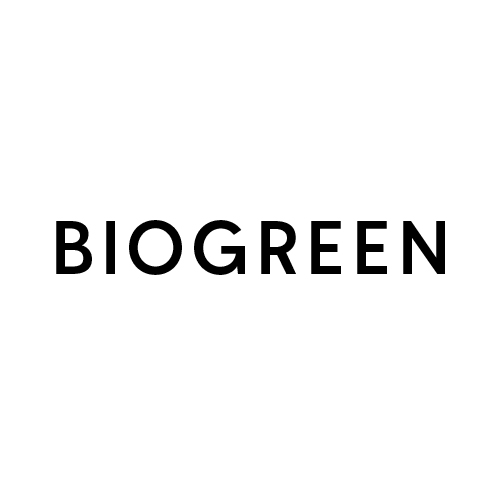
Biogreen
As photovoltaic plants, free air cooler, inverter compressors and led illumination. BIOGREEN. PU Materials from renewable natural sources The Biogreen project involves the use of elastomers based on bio-polyols, innovative raw materials from renewable natural sources. These bio-polyols come from oleochemical processes from plant-based biomass. Raw materials to be considered renewable are those sources that due to their intrinsec characteristics regenerate on a “human” time scale, the use of which does not jeopardise the natural resources for the future generations. The biobased content of these polyurethanes is very high, which guarantees a concrete development of some important issues related to industry and the environment: the improvement of the environmental balance in industrial and energy processes and the achievement of evident environmental benefits, thanks to the reduction of dependence on products of petrochemical origin.
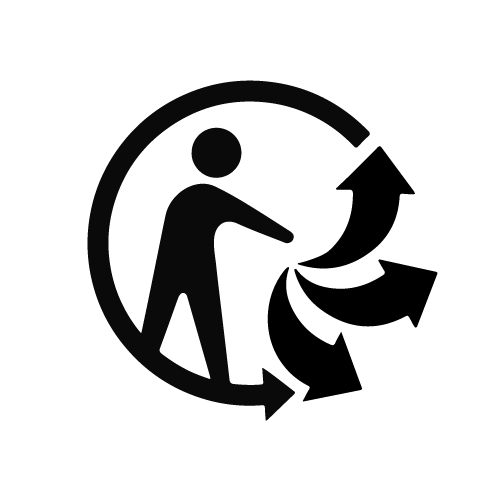
TRIMAN
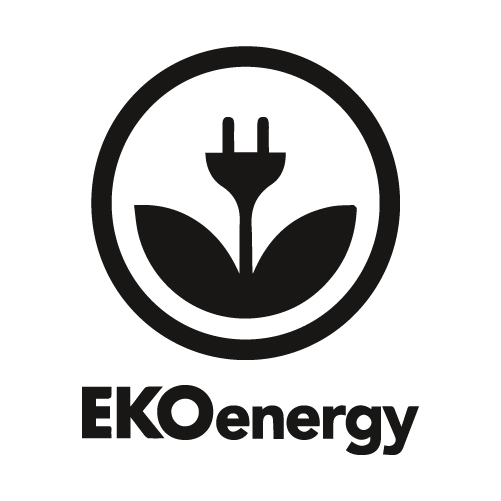
Eko Energy
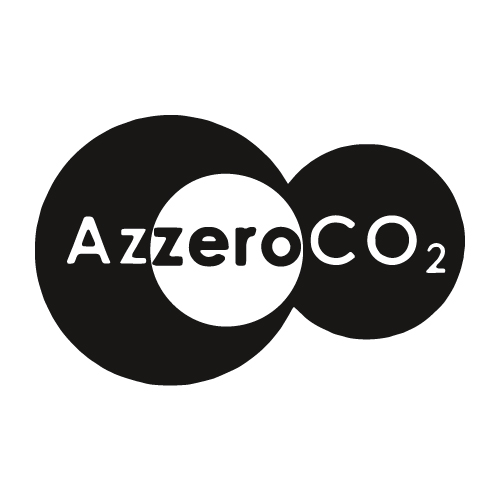
AZZEROCO2
In 2004, Legambiente and the Kyoto Club – two of the largest environmental associations in Italy – decided to respond to the needs of a true ecological transition by founding AzzeroCO 2. Since then, at AzzeroCO 2 we have been building our vision of a more equitable and sustainable world by designing and implementing solutions that enable businesses to create shared well-being for all their parties, increase brand value and reduce their impact on the environment .
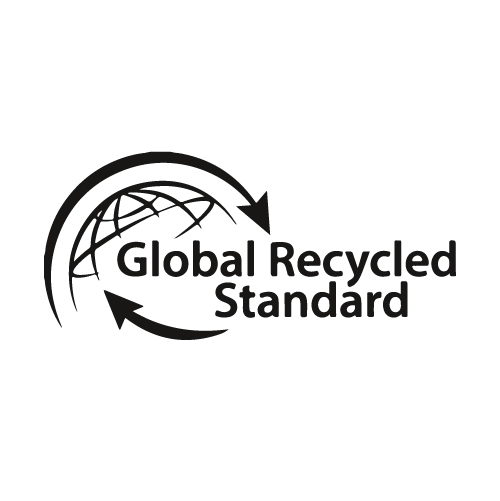
Global Recycled Standard
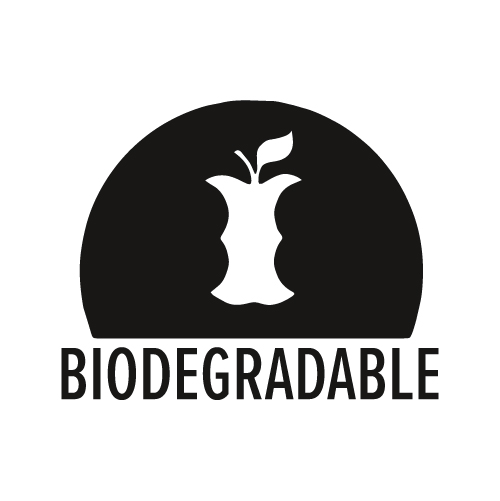
Biodegradable
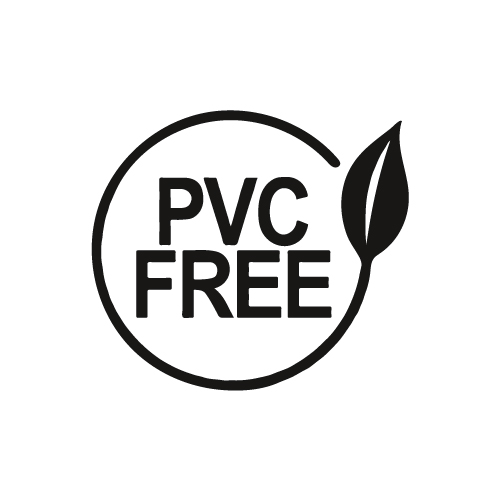
Eco Water Based PVC Free
